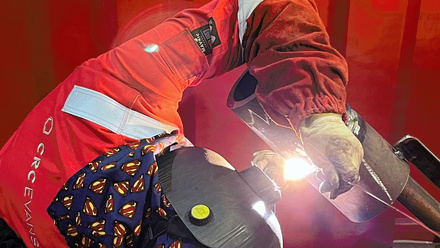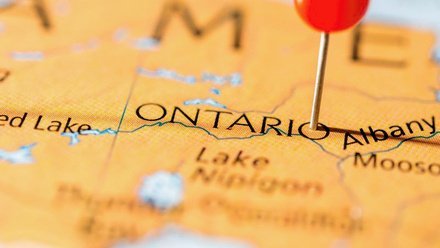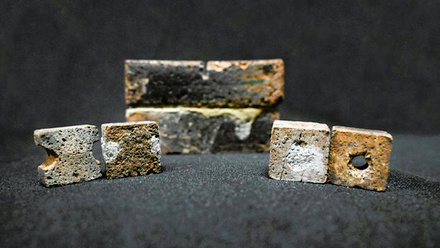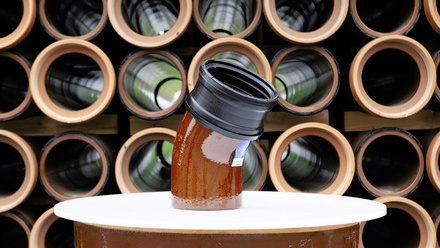BRIDGES The Designs and The Materials Leaflets
This resource looks at how bridge designs have evolved hand in hand with improvements in materials and was designed as a reference guide for teachers to link to the secondary school curriculum
This resource has been designed as a reference guide for teachers to link in with the materials, minerals and mining topics in the secondary science and technology curricula, though some sections will also be relevant to geology.
Over the centuries bridges have played a crucial role in improving transport links between villages, towns, cities and now countries. Many different designs have been employed, all requiring different materials.
This resource looks at how bridge designs have evolved hand in hand with improvements in materials from simple wooden bridges, to brick arches, iron multi-span bridges and modern suspension and cable-stayed structures.
It features an in depth look at the materials which play such a crucial role, including clay for bricks, cement and concrete, and of course, iron and steel. The occurrence, extraction, processing and properties of these materials are considered.
It also features a series of case studies which look at particular bridges that have been outstanding. These include the Maidenhead Railway Bridge over the River Thames, constructed by Brunel in 1838 and for a long time the flattest and widest brick arch bridge in the world, the Humber Bridge, opened in 1981 and the longest single span suspension bridge in the world for 16 years and the Millau Viaduct in France, a truly breathtaking structure which speeded up the journey between Paris and the Mediterranean coast.






